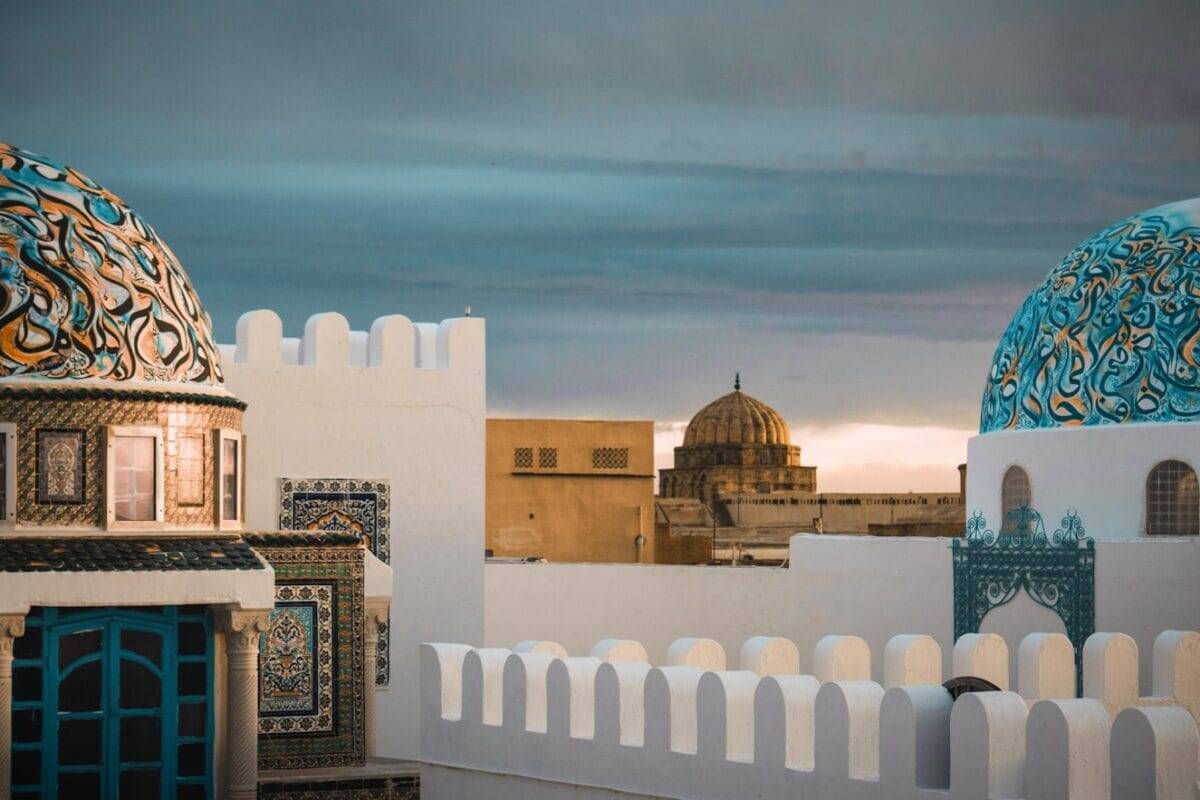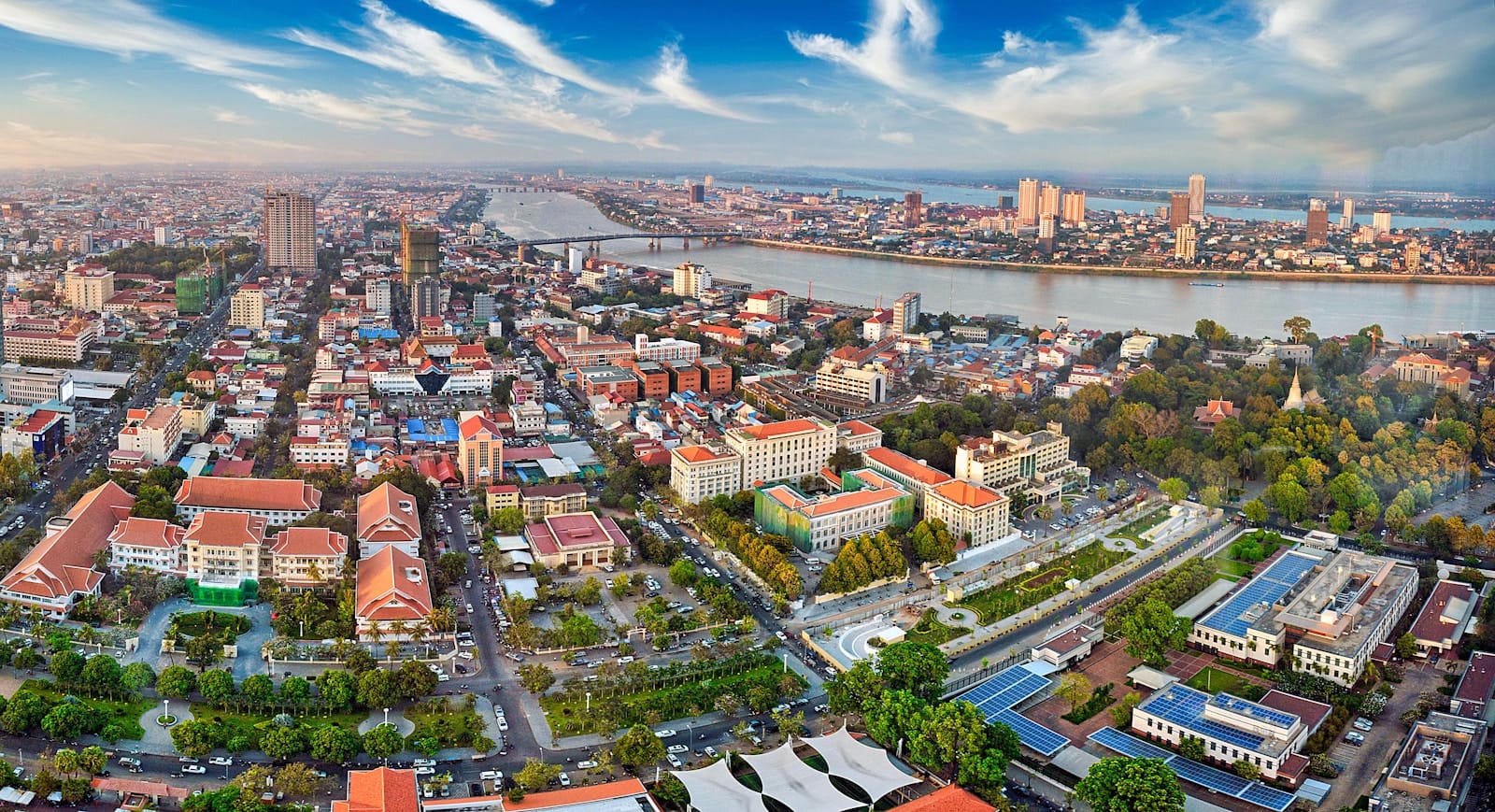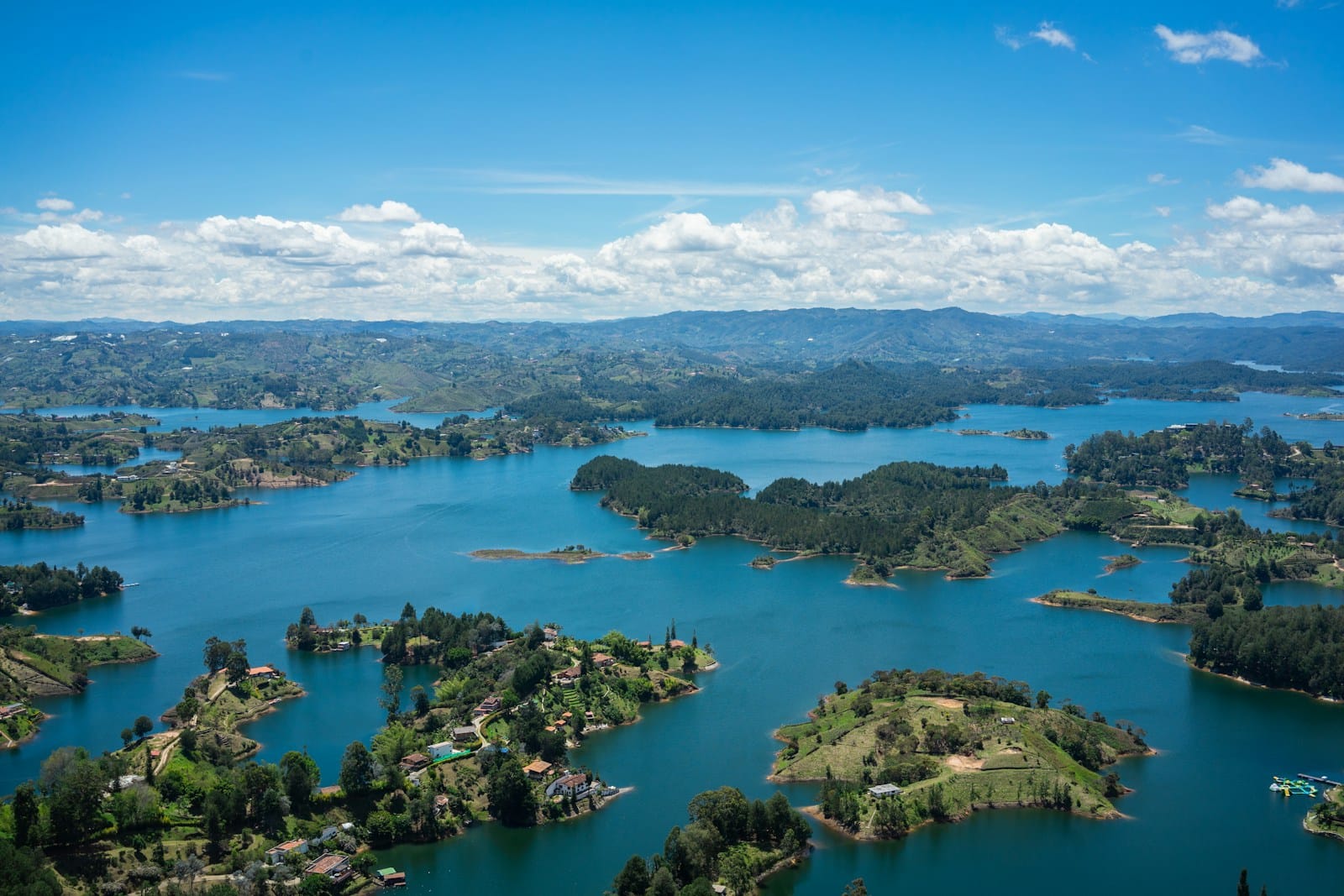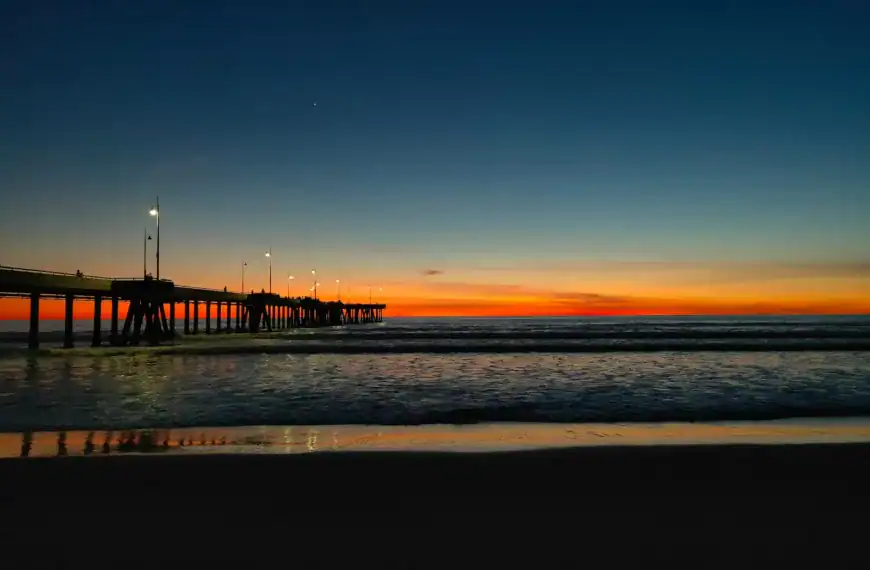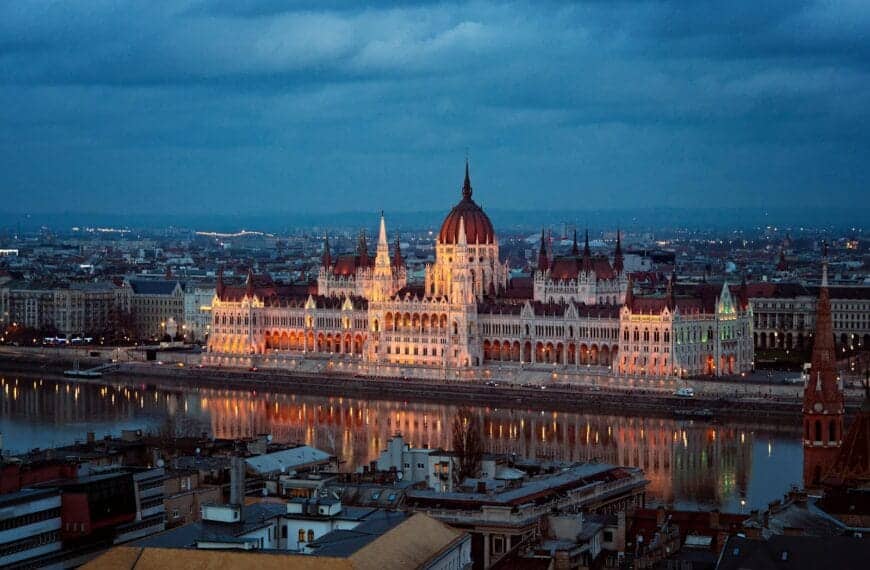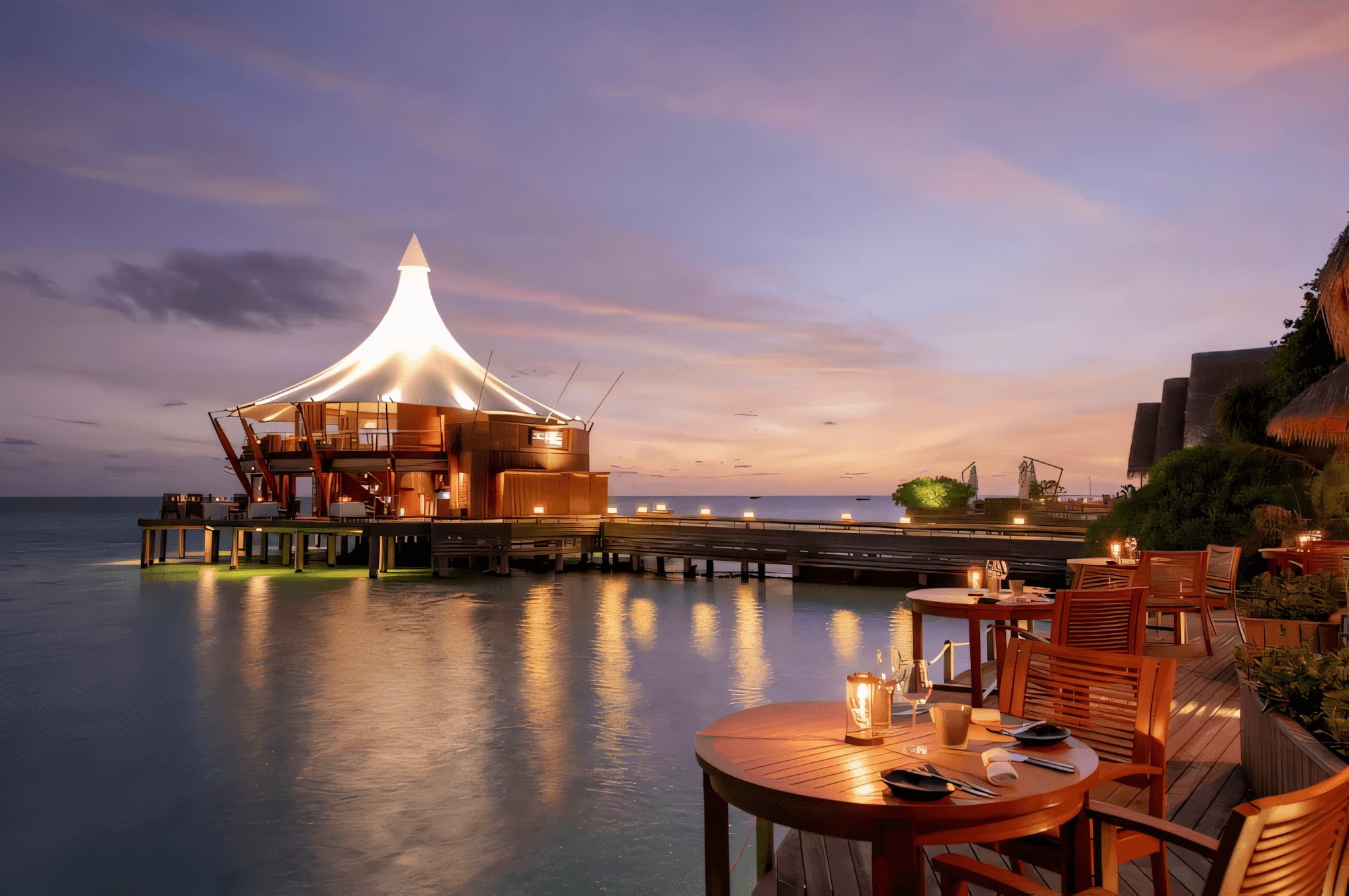Tunisia Travel Guide: Ancient Cities, Saharan Landscapes & Mediterranean Charm
Intro to Tunisia Travel Guide
Tunisia is where Mediterranean elegance meets North African spirit — a land of Roman ruins, blue-and-white seaside towns, sprawling oases, and golden dunes. Small in size but rich in diversity, Tunisia invites travelers to explore souks and mosques, hike desert canyons, relax on quiet beaches, and sip mint tea in centuries-old medinas.
Whether you’re tracing the ruins of Carthage, lounging in Djerba, or camping under the stars in the Sahara, Tunisia offers a surprisingly accessible and deeply authentic experience.
Start planning with our complete Tunisia Travel Guide — covering regional highlights, ancient wonders, travel costs, cultural etiquette, transport, and the best things to do across this underrated gem.
💡Quick Facts:
Destination: Tunisia
Continent: Africa
Country: Tunisia (Country)
Administrative Division: 24 governorates including Tunis, Sfax, Sousse, Monastir, Kairouan, Tozeur
Area: 163,610 km² (63,170 mi²)
Population: ~12.4 million
Density: ~76 people/km²
Capital: Tunis
Regions/Subregions: Northern Tunisia (Med Coast), Central Tunisia (olive groves, historical sites), Southern Tunisia (desert and oases), Sahara, Djerba Island
Official & Regional Languages: Arabic (official), French (widely spoken), English increasingly used in tourism
Currency: Tunisian Dinar (TND)
Time Zone(s): Central European Time (CET, GMT+1); no daylight saving
Airports: Tunis-Carthage Intl (TUN), Enfidha-Hammamet (NBE), Djerba–Zarzis (DJE), Monastir Habib Bourguiba (MIR)
Climate: Mediterranean in north; semi-arid to arid in south – hot, dry summers and mild, wetter winters
Known For: Roman ruins (Carthage, Dougga, El Djem), Sahara adventures, Mediterranean beaches, Islamic architecture, ancient medinas, Star Wars filming locations
🛂Arrival Info:
– Visa-free entry (90 days) for over 90 countries including EU, UK, Canada, and most of Africa
– E-visas planned but not widely available yet – check embassy updates
– Passport must be valid for at least 6 months
– Entry via Tunis-Carthage International Airport (TUN) is most common
– Ferries arrive from Italy (Sicily, Genoa) and Marseille, France
– Official info: Tunisia Ministry of Foreign Affairs
💉Health Info:
– No required vaccines unless arriving from a Yellow Fever country
– Recommended: Hepatitis A, Typhoid, routine immunizations
– Good public and private hospitals in Tunis, Sousse, and Sfax
– Water is treated but bottled water is preferred by travelers
– Desert travelers should bring sun protection and rehydration supplies
– Ministry of Health
✅ Check travel insurance options for travel emergencies, delays, and medical needs abroad — Get coverage here
✅ Stay Informed with Official Updates: WHO – International Travel & Health | CDC – Travel health updates
🚨Travel Advisory:
– Generally safe for tourists, especially in coastal and resort areas
– Avoid border areas near Libya and remote southern zones unless guided
– Protests may occur in urban areas – stay informed and avoid large gatherings
– Petty crime (pickpocketing, overcharging) in markets – use caution
✅ Stay Informed with Official Updates: US Travel Advisory | UK Foreign Travel Advice
📅Holidays:
– Independence Day: March 20
– Republic Day: July 25
– Eid al-Fitr & Eid al-Adha: Based on Islamic calendar
– Revolution Day: January 14
– Mawlid (Prophet’s Birthday): Date varies – celebrated with sweets and lights
During Islamic holidays, expect closures and changes in business hours.
💰Visitor Info:
– Currency: Tunisian Dinar (TND); 1 TND ≈ $0.32 USD
– Cards accepted in large hotels and stores, but cash is king in markets and rural towns
– ATMs available in all cities and tourist zones
– Tipping: 5–10% at restaurants, small change for services
– Duty-free limit: 1L alcohol, 200 cigarettes, personal items
Daily Budget Estimates:
– Budget: $30–50 USD/day – guesthouses, couscous meals, louages
– Mid-range: $80–120 USD/day – hotels, guided ruins tours, car hire
– Luxury: $200+/day – beachfront resorts, private Sahara safaris, fine dining
✈️Airports:
Tunisia has multiple international and domestic airports:
– Tunis-Carthage International Airport (TUN) – Main gateway near the capital.
– Carriers: Tunisair, Nouvelair, Lufthansa, Turkish Airlines, Air France.
– Enfidha-Hammamet (NBE) – Charter flights for beach resorts.
– Monastir (MIR) and Djerba (DJE) – Key tourist entry points to the coast and islands.
✅ Delayed or canceled flight? Check if you’re eligible for compensation
🚍Transport:
– Louage (shared taxis): Fastest intercity travel; affordable and frequent
– Buses: Government-run SNTRI and private operators
– Trains: Connect major cities (Tunis–Sousse–Sfax–Gabes); reliable but slower
– Taxis: Use meters in cities or agree on fare
– Car rentals: Available, but rural driving can be erratic – cautious driving advised
– Domestic flights: Available to Djerba and south, especially during peak seasons
✅ Book reliable airport transfers and in-city rides in advance. Reserve your ride here
📶Connectivity:
– Major carriers: Ooredoo, Orange Tunisia, Tunisie Telecom
– 4G available across urban and coastal areas; patchier inland
– SIM cards cheap and easy to purchase with passport at airport or corner shops
– Pocket Wi-Fi or eSIM (e.g., Airalo) recommended for desert travelers
– Wi-Fi available in most hotels, cafés, and coworking spaces in Tunis
✅ Stay connected abroad with affordable eSIM data packs. Get your eSIM here
📜Laws & Etiquette:
– Legal drinking age: 18; alcohol legal but culturally sensitive in some areas
– Ramadan: Avoid eating or drinking in public during daylight hours
– Dress modestly in rural areas, mosques, and holy sites
– LGBTQ+ relationships are criminalized; discretion advised
– Public displays of affection discouraged
– Arabic and French are used in signage and services; English limited outside tourist zones
🛡️Emergency Info:
– Emergency: Police – 197 | Ambulance – 190 | Fire – 198
– Tourist Police in resort towns and at major attractions
– U.S. Embassy | UK Embassy
– Local guides recommended for Sahara and remote archaeological sites
✅ Use embassy locator tools: Embassies Worldwide
🌦️Weather:
– Spring (Mar–May): Best time to visit – sunny, pleasant, green hills
– Summer (Jun–Sep): Hot and dry, coastal resorts thrive; desert temps soar
– Fall (Oct–Nov): Warm, great for archaeological travel and festivals
– Winter (Dec–Feb): Mild along coast; cool to cold inland and desert nights
– Best time for desert tours: October to April
✅ Stay prepared—check the weather forecast for your destination — Weather Forecast
Tunisia by Region – Where to Go
Tunisia is divided into several diverse regions, from cosmopolitan coasts to desert interiors:
Tunis & Northern Tunisia
- Tunis – The vibrant capital features a lively medina, colonial boulevards, and nearby ancient ruins.
- Carthage – Once the capital of the Carthaginian Empire, now a UNESCO World Heritage Site.
- Sidi Bou Said – A dreamy white-and-blue clifftop town overlooking the sea.
- Bizerte & Dougga – Scenic northern coastline and Roman ruins with minimal crowds.
Central Tunisia
- Kairouan – The fourth holiest city in Islam with a majestic mosque and medina.
- El Jem – Home to one of the best-preserved Roman amphitheaters in the world.
- Sousse & Monastir – Beach towns with historic medinas and resorts.
Southern Tunisia
- Tozeur – Gateway to the Sahara, known for palm oases and traditional mud-brick architecture.
- Matmata – Famous for underground homes and filming locations from Star Wars.
- Douz – Starting point for camel treks and 4×4 adventures into the desert.
The Island of Djerba
- Houmt Souk – The main town, full of art, markets, and seaside charm.
- Erriadh – Home to the Ghriba Synagogue and street art from the Djerbahood project.
- Djerba Beaches – Soft sands, calm seas, and budget-friendly resorts.
The Sahara & Southern Interior
- Chott el Jerid – A surreal salt flat that turns pink in certain light.
- Ksar Ghilane – An oasis surrounded by dunes, perfect for overnight desert camping.
Top Places to Visit in Tunisia
Ancient & UNESCO Sites
- El Jem Amphitheatre – A massive Roman arena rivaling Rome’s Colosseum.
- Carthage – Explore Roman villas, Punic ports, and ancient baths near the capital.
- Dougga – Remote and breathtaking Roman ruins with temples and theaters.
- Kairouan – Visit the Great Mosque and centuries-old Islamic learning centers.
Beaches & Islands
- Hammamet – Tunisia’s top resort town with beaches, kasbahs, and nightlife.
- Djerba – Known for laid-back vibes, warm water, and cultural fusion.
- Sousse – Lively coastal town with a historic medina and beaches.
Desert & Nature
- Sahara Desert – Camel rides, 4×4 safaris, and nomadic camps.
- Chott el Jerid – A vast salt lake with mirage-like effects.
- Tamerza Canyon & Mountain Oases – Hike through date palms and waterfalls.
How to Choose Where to Go in Tunisia
- For history buffs: Visit Tunis, Carthage, El Jem, and Dougga.
- For beach escapes: Stay in Hammamet, Sousse, or Djerba.
- For desert adventure: Go south to Tozeur, Matmata, and Douz.
- For religious heritage: Don’t miss Kairouan and Erriadh.
- For unique landscapes: Explore Chott el Jerid and Tamerza.
The best Tunisia itinerary mixes Roman ruins, coastal towns, and a desert adventure.
How to Get Around Tunisia
- Louages (shared taxis) – Fast and affordable minivans that run between cities.
- Trains – Connect major cities (Tunis–Sousse–Sfax) but are slow and basic.
- Buses – Reliable for long-distance travel; SNTRI and private companies operate nationwide.
- Car Rental – Best for exploring the south, oasis towns, and remote ruins.
- Taxis – Metered and affordable in cities; negotiate fixed rates outside urban areas.
- Domestic Flights – TunisAir Express connects Tunis to Djerba, Tozeur, and other southern towns.
Tip: If you’re visiting remote desert areas, hire a local guide or driver.
Travel Budget & Costs in Tunisia
Average Daily Costs:
- Budget: $30–50/day (hostels, local meals, louages)
- Mid-range: $60–100/day (2–3 star hotels, private transfers, guided tours)
- Luxury: $150–300/day (resorts, private desert camps, custom tours)
Sample Prices:
- El Jem ticket: ~$4
- Taxi ride (city center): ~$2–3
- Meal at mid-range restaurant: $8–12
- Desert safari tour: $50–80
- Hotel (mid-range): $40–80/night
Money-saving tips:
- Eat at local cafés or market stalls
- Travel by louage instead of private car
- Visit museums and ruins on free admission days
Best Time to Visit Tunisia
Spring (March–May):
- Wildflowers, mild weather, and perfect for ruins and road trips
Autumn (September–November):
- Warm sea, fewer crowds, and ideal for beach and desert travel
Summer (June–August):
- Great for coastal resorts; very hot inland and in the desert
Winter (December–February):
- Cool and quiet; good for cities, culture, and desert treks
Must-See Experiences in Tunisia
- Stand alone in the El Jem amphitheater, imagining gladiator battles
- Roam the blue alleys of Sidi Bou Said, overlooking the sea
- Sleep under the stars in a Berber camp near Ksar Ghilane
- Visit the Star Wars sets around Matmata and Ong Jemel
- Wander the souks of Tunis, sampling dates, ceramics, and spices
- Sip mint tea on a rooftop café in Hammamet or Djerba
- Explore cave dwellings in Matmata, still used by locals
- Photograph the Chott el Jerid as it glows pink at sunset
Explore handpicked Tunisia tours and discover authentic things to do in Tunisia — from ancient ruins to Saharan dunes.
Best Travel Itineraries in Tunisia
Classic Tunisia – 7 Days
- Tunis → Carthage → El Jem → Kairouan → Sousse → Djerba
Great mix of culture, history, and beach.
Desert Adventure – 5 Days
- Tozeur → Chott el Jerid → Douz → Ksar Ghilane
Perfect for 4×4 safaris and stargazing.
Coast & Culture – 8 Days
- Tunis → Hammamet → El Jem → Sousse → Monastir
Balanced itinerary with Roman ruins and sea views.
Island + Interior – 10 Days
- Djerba → Matmata → Tozeur → Douz → Tamerza → Tunis
Explore the Sahara, cave homes, and oasis towns.
Local Cuisine & Culinary Experiences
Tunisian food is spicy, rich, and full of Mediterranean-meets-Maghreb flavor.
Must-Try Dishes
- Brik – Thin pastry filled with egg and tuna, fried to perfection
- Couscous – Steamed semolina with lamb, fish, or vegetables
- Ojja – Tomato and harissa stew with poached eggs
- Lablabi – Chickpea soup topped with garlic, egg, and day-old bread
- Grilled seafood – Especially in coastal towns like Djerba and Sfax
Drinks:
- Mint tea with pine nuts – Aromatic and soothing
- Boukha – Fig-based spirit popular in Jewish Tunisian communities
- Fresh orange or pomegranate juice – Common in souks
Enjoy meals at local cafés, beachside grills, or home-style restaurants in the medina.
Travel Safety & Cultural Etiquette in Tunisia
Safety Overview
- Tunisia is generally safe in tourist areas; rural desert regions require planning.
- Avoid protests or political gatherings; check travel advisories for remote zones.
- Petty theft can happen — use standard precautions.
Cultural Etiquette
- Dress modestly, especially in religious or rural areas.
- Ask before photographing people or homes.
- During Ramadan, avoid eating in public during the day.
- Greet with “Salam aleikum” and expect warm hospitality.
Where to Go Next – Pair Tunisia with These Destinations
- Morocco – A cultural cousin with riads, medinas, and mountains
- Egypt – Combine Roman ruins with pyramids and Nile cruising
- Italy (Sicily) – Just across the sea; share ancient trade and history
- Algeria – For well-preserved Roman cities and desert circuits (visa-dependent)
- France – Historical and cultural links, especially for city connections
Explore our Mystical Morocco Adventures, Echoes of Ancient Egypt, Charming France Escapes, and Timeless Italy Journeys for regional trip ideas.
Final Planning Checklist for Tunisia
- Most nationalities get visa-free entry for up to 90 days
- Use Tunisian Dinar (TND) – cash preferred in small towns
- Download offline maps and translation apps
- Book desert excursions and intercity transport in advance
- Pack lightweight modest clothing, sunscreen, and scarves for mosque visits
- Learn a few phrases: “Merci” (thank you), “Salam” (hello), “Barcha” (a lot)
Explore Tunisia with confidence using our trusted tips, local insights, and region-by-region planning tools. For more expert travel tips, practical strategies, and trusted tools — visit our Homepage and get inspired for your next trip.

